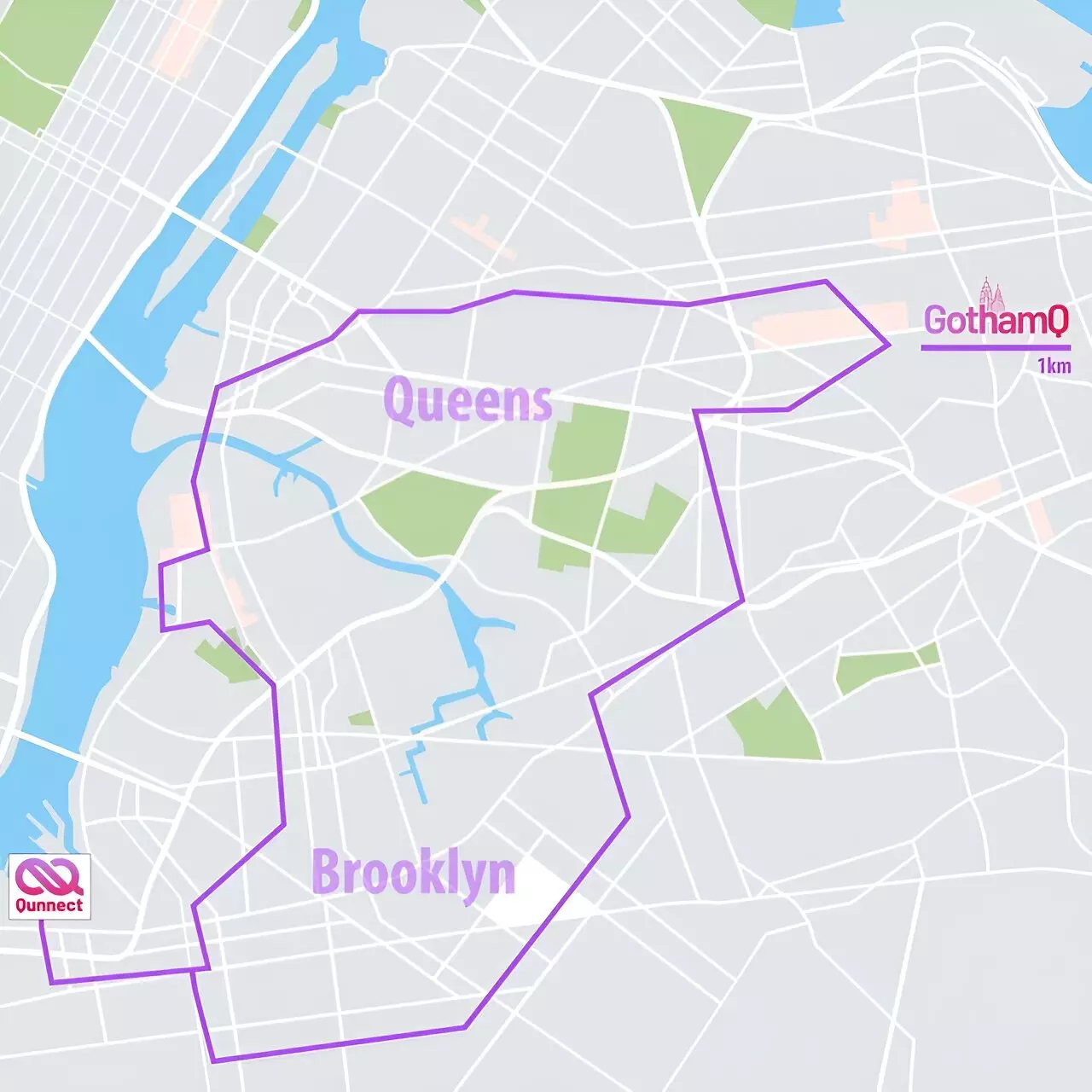When it comes to the integration of quantum networks into the commercial market, one of the key hurdles that engineers face is the fragility of entangled states within fiber cables. Despite previous attempts to transmit entangled photons, noise and polarization drift have posed significant challenges, especially in maintaining entanglement over extended periods in a stable network environment.
A team of scientists at Qunnect Inc. in Brooklyn, New York, has made substantial progress in addressing these challenges by successfully operating a quantum network beneath the streets of New York City. This achievement marks a significant milestone in the field, as it demonstrates a practical approach to mitigating the impact of polarization drift in fiber optic networks.
Polarization-Entangled Photon Transmission
The Qunnect researchers utilized a 34-kilometer-long fiber circuit known as the GothamQ loop for their prototype network. By employing polarization-entangled photons, they were able to sustain network operations for 15 consecutive days with an impressive uptime of 99.84%. The compensation fidelity for transmitted entangled photon pairs reached 99% at a rate of 20,000 pairs per second, showcasing the network’s robustness and reliability.
The Significance of Polarization in Quantum Networks
Polarization plays a crucial role in the realm of quantum technologies, as it allows for the creation, manipulation, and measurement of photons with relative ease. Polarization-entangled photons have emerged as a vital resource for building quantum repeaters, distributed quantum computing systems, and quantum sensing networks that span vast distances. The utilization of polarization entanglement opens up new possibilities for advancing quantum communication and computation capabilities.
One of the primary obstacles encountered in quantum networks is polarization drift, which can be influenced by external factors such as temperature fluctuations, vibrations, and bending of optical cables. Qunnect addressed these challenges by developing active compensation mechanisms that stabilized the polarization of entangled photon pairs over varying transmission distances within their network.
To counteract the effects of polarization drift, Qunnect implemented automated polarization compensation (APC) devices that could dynamically adjust the polarization of transmitted photons. By deploying classical photon pairs through the fiber to monitor polarization changes, the team was able to accurately measure and correct for drifts at different distances within their network. This approach enabled them to maintain entanglement fidelity and stability over extended operational periods.
The successful demonstration of the GothamQ loop by Qunnect represents a significant stride towards establishing practical entanglement networks essential for the development of a quantum internet. The team’s commitment to automating network operations and making their equipment universally deployable indicates a promising future for quantum communication technologies. With advancements in polarization compensation and network stability, the vision of a fully functional quantum internet is becoming increasingly attainable.
Qunnect’s groundbreaking work exemplifies the ongoing efforts to overcome the challenges posed by polarization drift in quantum networks. By showcasing the viability of long-term entanglement in fiber optic environments, they have paved the way for more robust and reliable quantum communication systems. As quantum technologies continue to evolve, innovations in polarization control and network management will be essential for realizing the full potential of quantum networking in the coming years.



Leave a Reply